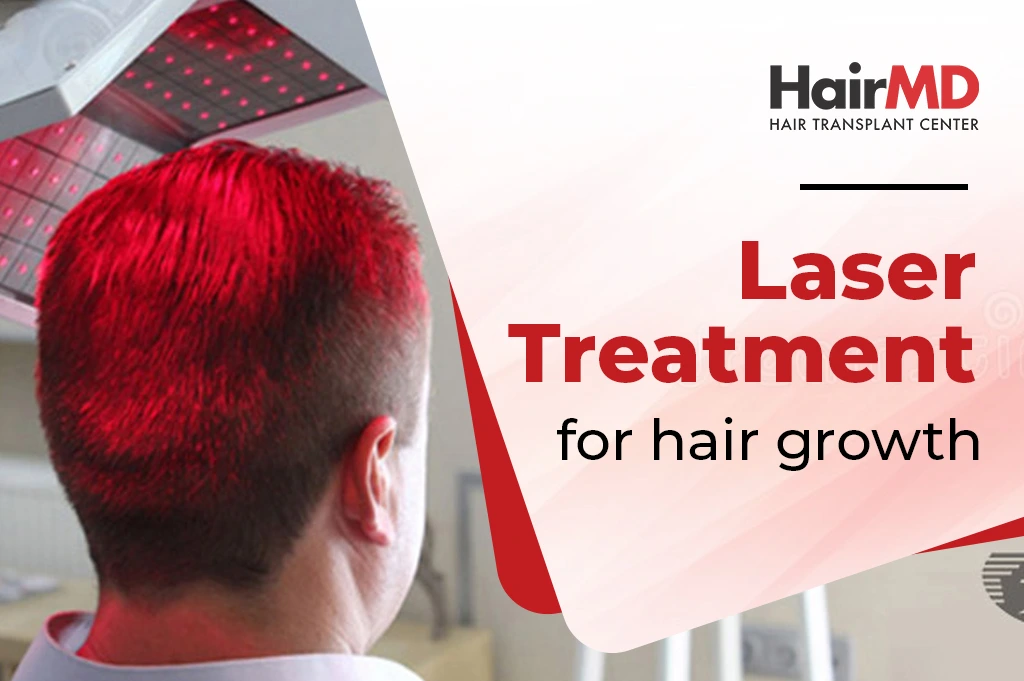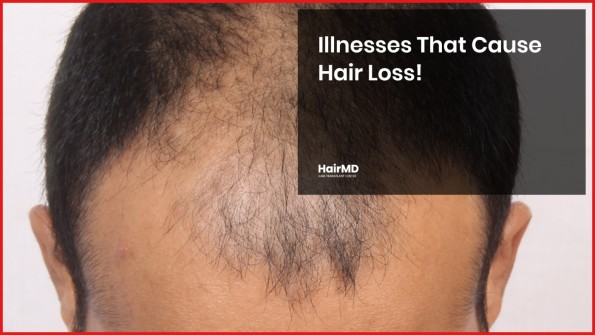Blog, Hair loss | | May 20, 2021

Hair loss is a common concern for people of all ages and genders. Whether it’s due to genetics, hormonal changes, or simply the natural aging process, the quest for effective hair restoration solutions has led to the development of various treatments. Among these, laser treatment for hair growth has emerged as a promising option. In this article, we will delve into the world of laser hair therapy and explore its potential for hair regrowth. We’ll also discuss Low-Level Laser Therapy (LLLT) for hair loss and how laser therapy for hair growth is changing the landscape of hair restoration.People lose around 100 hair strands, every day. While many of them experience normal hair regrowth, some people are unable to grow new hair. Some of the many reasons that can cause hair loss and baldness include:
Are you experiencing hair loss? Get in touch with the best of our hair specialists in Pune to understand your hair condition. For a hair treatment or to get hair transplant, book an appointment with our dermatologists near you, call +919584584111.
The various treatments that can help with hair loss include medicines like minoxidil, hair transplant surgery, and low-level laser therapy for hair loss. In this guide we will look at LLLT for hair loss in detail and how it can help stimulate hair growth.
Low light laser therapy for hair is also known as red light therapy and cold laser therapy. This procedure includes photon radiation that penetrates the scalp tissues. These photons help strengthen weak cells and encourage healthy hair growth. The procedure is quite popular to treat hair thinning and receding hairlines. It is safer, non-invasive than hair transplant surgery, and tolerable.
The theory behind low-level light therapy hair is that the low-doses trigger circulation within the scalp and encourage hair follicle growth.
The LLLT devices used to treat hair loss have diodes that emit infrared light. These rays penetrate the scalp. The wavelength of infrared light is 630-670 nanometers. These devices are available as:
Some of the lasers used for LLLT are Excimer (308 nm), helium-neon (632.8 nm), and fractional erbium-glass (1550 nm). The hair growth cycle has three stages –
Low-level laser therapy causes an increased blood flow to the scalp. This stimulates metabolism in follicles that are in the catagen or telogen phase. As a result, this stimulation allows the hair follicles to reach the anagen phase. Basically, it stimulates or awakens dormant hair follicles to grow hair.
The photons emitted by the low-level laser beams act on cytochrome C oxidase. This causes the production of adenosine triphosphate (ATP) which converts to cyclic AMP in the hair follicle cells. This releases energy and consequently stimulates metabolic processes necessary for hair growth.
The light/heat treatment helps to release nitric oxide from cells. This leads to increased blood flow or vascularisation to the scalp. The vascularisation aids the distribution of nutrients and oxygen to the hair roots. Moreover, it also helps to reduce the perifollicular inflammation on the scalp.
Dihydrotestosterone (DHT) is one of the causative factors of androgenetic alopecia (AGA). LLLT prevents the excessive build-up of DHT.
Furthermore, it also acts on the sebaceous glands, reducing the oiliness in the scalp. As a result, LLLT may also help in reducing dandruff and dryness. So the therapy not only increases the growth of the hair but also the overall health of the scalp.

Patients with hereditary thinning hair or pattern baldness are ideal candidates for low-level laser therapy.
Physicians use the following systems to describe the degree of hair loss:
LLLT is generally prescribed to:
If you are noticing the early stages of hair loss or a receding hairline, then you may want to consider low-level laser therapy for hair loss as a viable option. You have to consult with your doctor before deciding to go through with this treatment, they will help you understand the process and determine whether it will provide you with the desired results.
Unlock the potential of laser treatment for hair growth and explore the possibilities of regaining a fuller head of hair. Whether you opt for professional sessions or a convenient home-use device, the path to laser hair regrowth may be closer than you think.Remember, when considering laser therapy for hair growth, consult a professional for personalized guidance and recommendations tailored to your unique hair loss situation.
Are you looking for hair fall solution? Get in touch with the best of our hair doctors in Pune to cure your hair loss. To book an appointment for a hair treatment or hair transplantation, contact our dermatologists near you, call +919584584111.


Blog, Hair loss|Dr Dhanraj Chavan|
May 20, 2021
illnesses that cause hair loss Hair loss can be tough to deal with. The most common reasons behind hair loss are male or female pattern baldness or genetic baldness. However,...


Blog, Hair loss|Dr Dhanraj Chavan|
May 20, 2021
Best hair loss medication Sadly it is not uncommon to see a more and more receding hairline every day. There is an estimate, around 50 million men are affected by... 1450